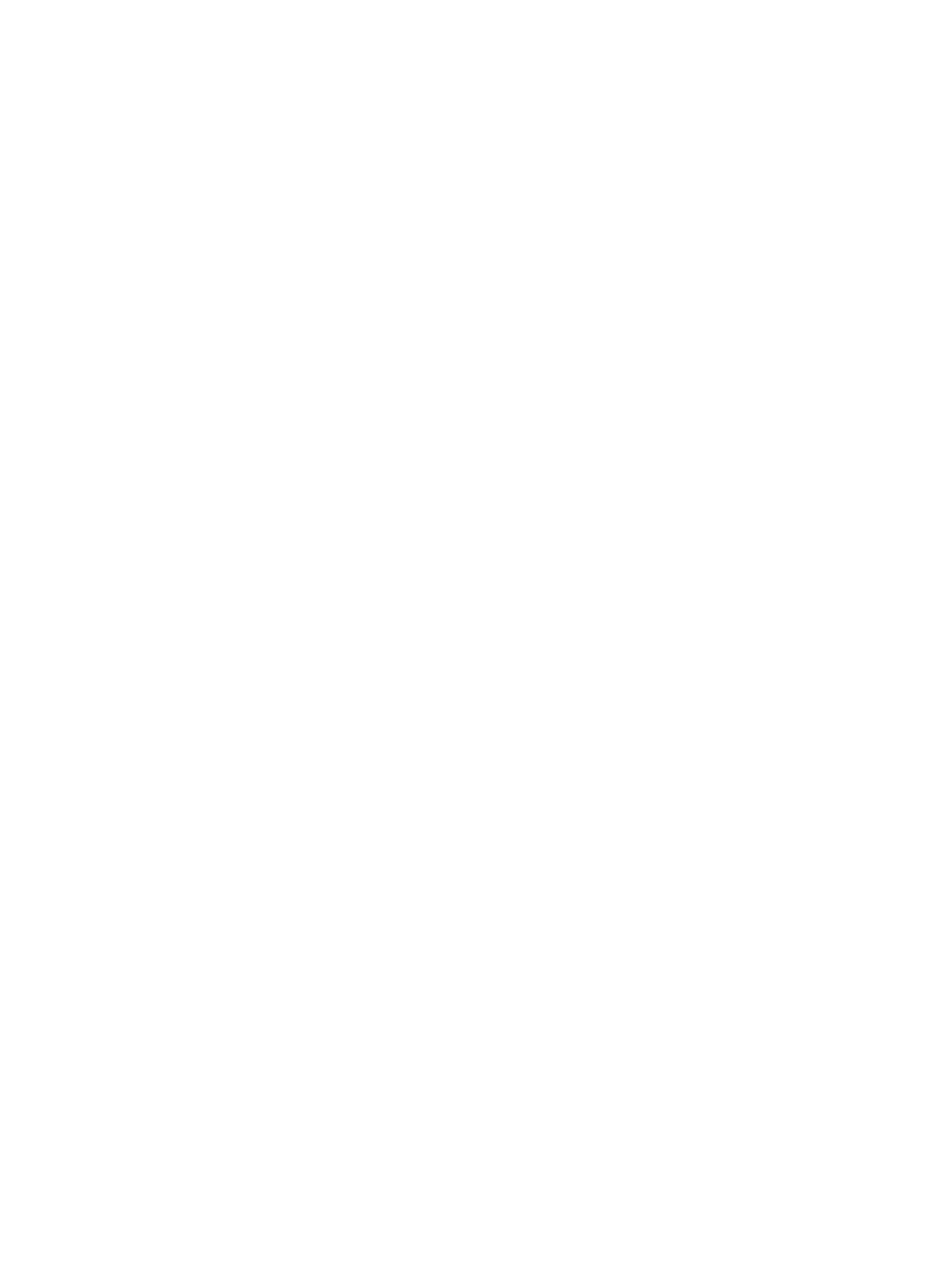

臺大管理論叢
第
27
卷第
4
期
97
We construct a sample from the firms listed on both the TWSE and GTSM from 2008 to
2011. We exclude the finance, insurance and securities sectors. Our data is collected from the
financial, stock and corporate governance databases of Taiwan Economic Journal (TEJ
hereafter). Our full sample for test H1 contains 4,150 observations after excluding
observations with missing value in variables. For test H2, we use a sample of 2,221
observations.
In this study, we first explore the effect of D&O insurance on firms’ credit ratings. We
then further explore the effect of D&O insurance coverage on credit ratings only for firms
with D&O insurance. We tested H1 and H2 with the following regression models:
Test H1 (full sample)
TCRI
=
a
0
+
a
1
DO
+ Σφ
k
Control Variables
k
+ (
Year Dummies
) +
(1)
(
Industry Dummies
) +
error
Test H2 (a sub-sample of firms with D&O insurance)
TCRI
=
b
0
+
b
1
NormalDO
+
b
2
AbnDO +
Σ
χ
k
Control Variables
k
+ (
Year Dummies
) +
(2)
(
Industry Dummies
) +
error
For the measurement of the dependent variable, we adopt the Taiwan Corporate Credit
Risk Index (
TCRI
), constructed by the TEJ.
TCRI
serves as a proxy for creditors’ perceptions
of credit risk. TEJ classifies corporate credit risk into nine levels. Levels 1 to 4 represent low
risk. Levels 5 to 6 represent medium risk, and levels 7 to 9 represent high risk. “D” refers to
firms that have violated agreements or defaulted on their debt payments. To facilitate our
analysis, we quantify “D” as level 10. A higher
TCRI
represents a higher credit risk, an
inferior credit rating by the credit rating agency, and vice versa. Because
TCRI
is an ordinal
dependent variable, we employ an ordered probit regression model for estimation.
The independent variable
DO
is a dummy variable for the full sample. If the firm
purchases D&O insurance, its
DO
is 1; otherwise, its
DO
is 0. We do not predict the
direction of the effect of D&O insurance on credit ratings. We do, however, predict the
coefficient of
DO
to be significantly different from 0 (for test H1).
















